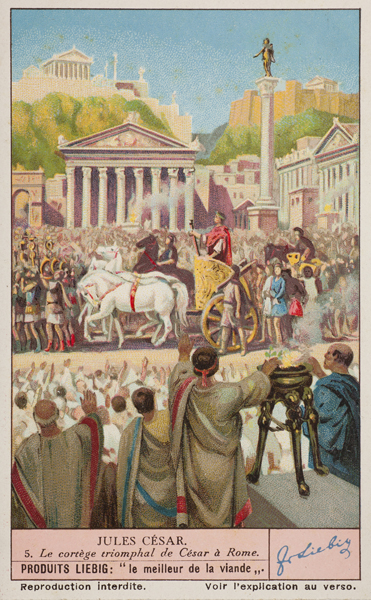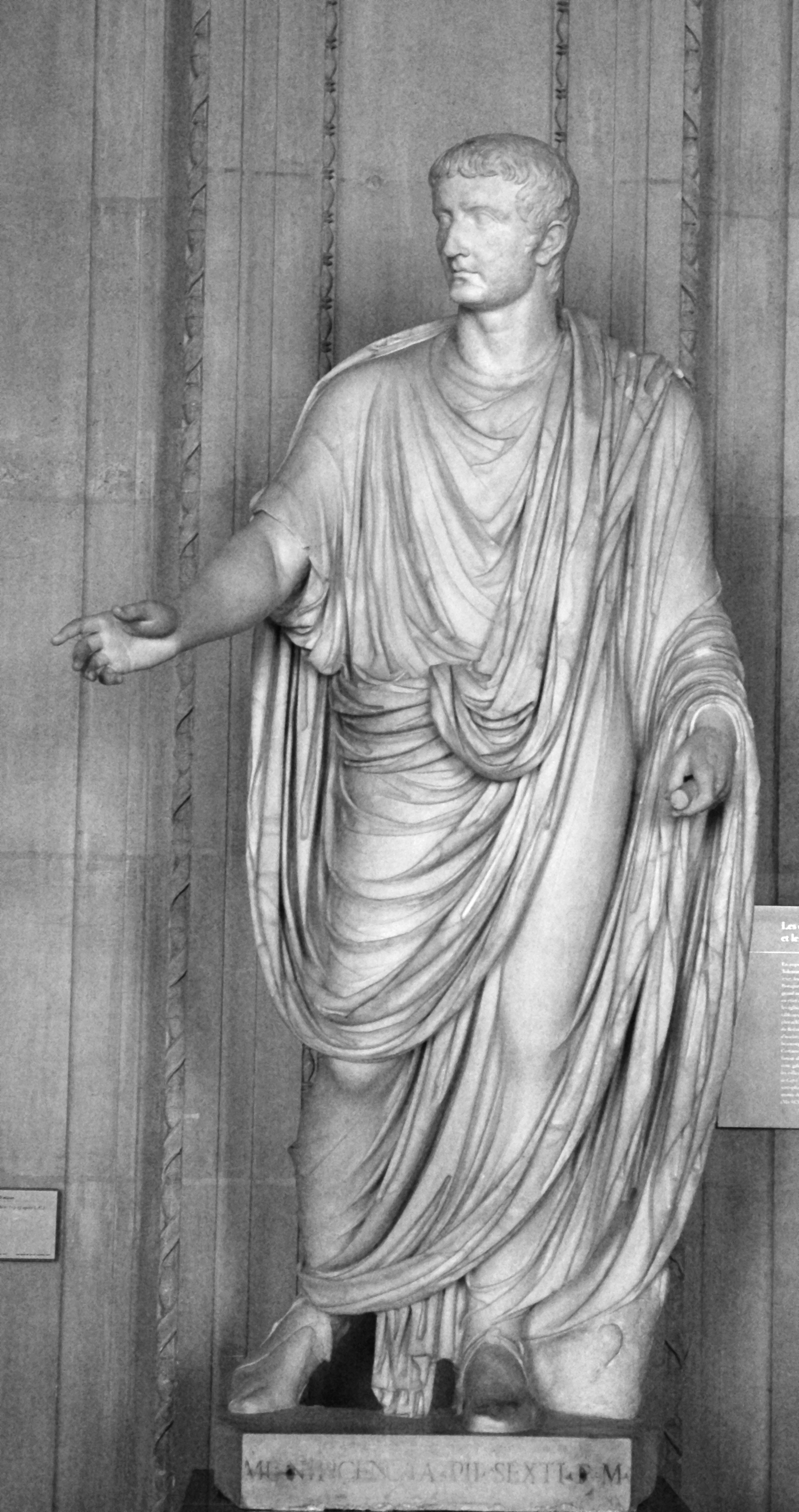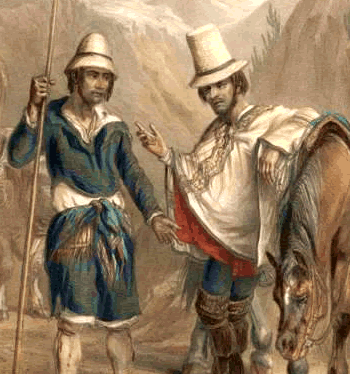|
Tyrian Purple
Tyrian purple ( ''porphúra''; ), also known as royal purple, imperial purple, or imperial dye, is a reddish-purple natural dye. The name Tyrian refers to Tyre, Lebanon, once Phoenicia. It is secreted by several species of predatory sea snails in the family Muricidae, rock snails originally known by the name Murex ('' Bolinus brandaris'', '' Hexaplex trunculus'' and '' Stramonita haemastoma''). In ancient times, extracting this dye involved tens of thousands of snails and substantial labour, and as a result, the dye was highly valued. The coloured compound is 6,6'-dibromoindigo. History Biological pigments were often difficult to acquire, and the details of their production were kept secret by the manufacturers. Tyrian purple is a pigment made from the mucus of several species of murex snail. Production of Tyrian purple for use as a fabric dye began as early as 1200 BC by the Phoenicians, and was continued by the Greeks and Byzantine Empire, Romans until 1453 AD, with ... [...More Info...] [...Related Items...] OR: [Wikipedia] [Google] [Baidu] [Amazon] |
Byzantium (colour)
The color Byzantium is a particular dark tone of purple. It originates in modern times, and, despite its name, it should not be confused with Tyrian purple (Tyrian red#Modern hue rendering, hue rendering), the color historically used by Roman emperors, Roman and Byzantine emperors. The latter, often also referred to as "Tyrian red", is more reddish in hue, and is in fact often depicted as closer to crimson than purple. The first recorded use of ''byzantium'' as a color name in English language, English was in 1926. Variations of byzantium Byzantine The color Byzantine is displayed at right. The color Byzantine is a rich tone of medium purple toned toward magenta. The first recorded use of ''byzantine'' as a color name in English language, English was in 1924.Maerz and Paul ''A Dictionary of Color'' New York:1930 McGraw-Hill Page 191; Color Sample of Byzantine: Page 125 Plate 51 Color Sample K8 Note: This color sample matches the color shown above as "byzantine". Dark byza ... [...More Info...] [...Related Items...] OR: [Wikipedia] [Google] [Baidu] [Amazon] |
Fabric
Textile is an umbrella term that includes various fiber-based materials, including fibers, yarns, filaments, threads, and different types of fabric. At first, the word "textiles" only referred to woven fabrics. However, weaving is not the only manufacturing method, and many other methods were later developed to form textile structures based on their intended use. Knitting and non-woven are other popular types of fabric manufacturing. In the contemporary world, textiles satisfy the material needs for versatile applications, from simple daily clothing to bulletproof jackets, spacesuits, and doctor's gowns. Textiles are divided into two groups: consumer textiles for domestic purposes and technical textiles. In consumer textiles, aesthetics and comfort are the most important factors, while in technical textiles, functional properties are the priority. The durability of textiles is an important property, with common cotton or blend garments (such as t-shirts) able to ... [...More Info...] [...Related Items...] OR: [Wikipedia] [Google] [Baidu] [Amazon] |
Toga Praetexta
The toga (, ), a distinctive garment of Ancient Rome, was a roughly semicircular cloth, between in length, draped over the shoulders and around the body. It was usually woven from white wool, and was worn over a tunic. In Roman historical tradition, it is said to have been the favored dress of Romulus, Rome's founder; it was also thought to have originally been worn by both sexes, and by the citizen-military. As Roman women gradually adopted the stola, the toga was recognized as formal wear for male Roman citizens. Women found guilty of adultery and women engaged in prostitution might have provided the main exceptions to this rule.. The type of toga worn reflected a citizen's rank in the civil hierarchy. Various laws and customs restricted its use to citizens, who were required to wear it for public festivals and civic duties. From its probable beginnings as a simple, practical work-garment, the toga became more voluminous, complex, and costly, increasingly unsuited to an ... [...More Info...] [...Related Items...] OR: [Wikipedia] [Google] [Baidu] [Amazon] |
Roman Magistrate
The Roman magistrates () were elected officials in ancient Rome. During the period of the Roman Kingdom, the King of Rome was the principal executive magistrate.Abbott, 8 His power, in practice, was absolute. He was the chief priest, lawgiver, judge, and the sole commander of the army.Abbott, 8Abbott, 15 When the king died, his power reverted to the Roman Senate, which then chose an Interrex to facilitate the election of a new king. During the transition from the Roman Kingdom to Roman Republic, the constitutional balance of power shifted from the executive (the Roman king) to the Roman Senate. When the Roman Republic was founded in 509 BC, the powers that had been held by the king were transferred to the Roman consuls, of which two were to be elected each year. Magistrates of the republic were elected by the people of Rome, and were each vested with a degree of power called "major powers" (''maior potestas'').Abbott, 151 Dictators had more "major powers" than any other ... [...More Info...] [...Related Items...] OR: [Wikipedia] [Google] [Baidu] [Amazon] |
Sumptuary Law
Sumptuary laws (from Latin ) are laws that regulate consumption. '' Black's Law Dictionary'' defines them as "Laws made for the purpose of restraining luxury or extravagance, particularly against inordinate expenditures for apparel, food, furniture, or shoes, etc." Historically, they were intended to regulate and reinforce social hierarchies and morals through restrictions on clothing, food, and luxury expenditures, often depending on a person's social rank. Societies have used sumptuary laws for a variety of purposes. They were used to try to regulate the balance of trade by limiting the market for expensive imported goods. They made it easy to identify social rank and privilege, and as such could be used for social discrimination and to stabilize social hierarchies. They could also be used to prevent, or at least reduce opportunities for political bribery and corruption. The laws often prevented commoners from imitating the appearance of aristocrats, and could be used to s ... [...More Info...] [...Related Items...] OR: [Wikipedia] [Google] [Baidu] [Amazon] |
Status Symbol
A status symbol is a visible, external symbol of one's social position, an indicator of Wealth, economic or social status. Many luxury goods are often considered status symbols. ''Status symbol'' is also a Sociology, sociological term – as part of social and sociological symbolic interactionism – relating to how individuals and groups interact and interpret various cultural symbols. Etymology The term "status symbol" was first written in English in 1955, but from 1959 with the publication of the bestseller "The Status Seekers" greater distribution. There, journalist Vance Packard describes the social strategy and behavior in the USA. By region and time As people aspire to high status, they often seek also its symbols. As with other symbols, status symbols may change in value or meaning over time, and will differ among countries and cultural regions, based on their economy and technology. For example, before the invention of the printing press, possession of a large col ... [...More Info...] [...Related Items...] OR: [Wikipedia] [Google] [Baidu] [Amazon] |
Athenaeus
Athenaeus of Naucratis (, or Nαυκράτιος, ''Athēnaios Naukratitēs'' or ''Naukratios''; ) was an ancient Greek rhetorician and Grammarian (Greco-Roman), grammarian, flourishing about the end of the 2nd and beginning of the 3rd century AD. The ''Suda'' says only that he lived in the times of Marcus Aurelius, but the contempt with which he speaks of Commodus, who died in 192, implies that he survived that emperor. He was a contemporary of Adrantus. Athenaeus himself states that he was the author of a treatise on the ''thratta'', a type of fish mentioned by Archippus (poet), Archippus and other comic poets, and of a history of the Syrian kings. Both works are lost. Of his works, only the fifteen-volume ''Deipnosophistae'' mostly survives. The ''Deipnosophistae'' The ''Deipnosophistae'', which means 'dinner-table philosophers', survives in fifteen books. The first two books, and parts of the third, eleventh and fifteenth, are extant only in epitome, but otherwise the w ... [...More Info...] [...Related Items...] OR: [Wikipedia] [Google] [Baidu] [Amazon] |
Asia Minor
Anatolia (), also known as Asia Minor, is a peninsula in West Asia that makes up the majority of the land area of Turkey. It is the westernmost protrusion of Asia and is geographically bounded by the Mediterranean Sea to the south, the Aegean Sea to the west, the Turkish Straits to the northwest, and the Black Sea to the north. The eastern and southeastern limits have been expanded either to the entirety of Asiatic Turkey or to an imprecise line from the Black Sea to the Gulf of Alexandretta. Topographically, the Sea of Marmara connects the Black Sea with the Aegean Sea through the Bosporus and the Dardanelles, and separates Anatolia from Thrace in Southeast Europe. During the Neolithic, Anatolia was an early centre for the development of farming after it originated in the adjacent Fertile Crescent. Beginning around 9,000 years ago, there was a major migration of Anatolian Neolithic Farmers into Neolithic Europe, Europe, with their descendants coming to dominate the continent a ... [...More Info...] [...Related Items...] OR: [Wikipedia] [Google] [Baidu] [Amazon] |
Colophon (city)
Colophon (; ) was an ancient city in Ionia. Founded around the end of the 2nd millennium BC, it was likely one of the oldest of the twelve cities of the Ionian League. It was located between Lebedos (120 Stadion (unit of length), stadia to the west) and Ephesus (70 stadia to its south). Its ruins are south of the town Değirmendere in the Menderes, İzmir, Menderes district of İzmir Province, Turkey. The city's name comes from the word κολοφών, "summit", (which is also the origin of the bibliographic term "colophon (publishing), colophon", in the metaphorical sense of a 'crowning touch',) as it was sited along a ridgeline. The term ''colophony'' for rosin comes from the term ''colophonia resina'' ( ''Kolophōnia rhētinē''), resin from the pine trees of Colophon, which was highly valued for increasing friction of the bow hairs of stringed musical instruments. History According to Apollodorus of Athens, Apollodorus and Eutychius Proclus, Proclus, the mythical seer C ... [...More Info...] [...Related Items...] OR: [Wikipedia] [Google] [Baidu] [Amazon] |
Theopompus
Theopompus (, ''Theópompos''; 380 BC 315 BC) was an ancient Greek historian and rhetorician who was a student of Isocrates. Biography Early life and education Theopompus was born on the Aegean island of Chios in 378 or 377 BCE. In his early youth, he seems to have spent some time at Athens, with his father Damasistratus, who had been exiled for his Laconian sympathies. In Athens, he became a pupil of Isocrates, and rapidly made progress in rhetoric; we are told that Isocrates used to say that Ephorus required the spur but Theopompus the bit. At first he appears to have composed epideictic speeches, in which he attained to such proficiency that in 352–351 BC he gained the prize of oratory given by Artemisia II of Caria in honour of her husband, although Isocrates was himself among the competitors. It is said to have been the advice of his teacher that finally determined his career as an historian—a career for which he was peculiarly qualified owing to his abundan ... [...More Info...] [...Related Items...] OR: [Wikipedia] [Google] [Baidu] [Amazon] |
Yale University Press
Yale University Press is the university press of Yale University. It was founded in 1908 by George Parmly Day and Clarence Day, grandsons of Benjamin Day, and became a department of Yale University in 1961, but it remains financially and operationally autonomous. , Yale University Press publishes approximately 300 new hardcover A hardcover, hard cover, or hardback (also known as hardbound, and sometimes as casebound (At p. 247.)) book is one bookbinding, bound with rigid protective covers (typically of binder's board or heavy paperboard covered with buckram or other clo ... and 150 new paperback books annually and has a backlist of about 5,000 books in print. Its books have won five National Book Awards, two National Book Critics Circle Awards and eight Pulitzer Prizes. The press maintains offices in New Haven, Connecticut and London, England. Yale is the only American university press with a full-scale publishing operation in Europe. It was a co-founder of the dist ... [...More Info...] [...Related Items...] OR: [Wikipedia] [Google] [Baidu] [Amazon] |
Latin Alphabet
The Latin alphabet, also known as the Roman alphabet, is the collection of letters originally used by the Ancient Rome, ancient Romans to write the Latin language. Largely unaltered except several letters splitting—i.e. from , and from —additions such as , and extensions such as letters with diacritics, it forms the Latin script that is used to write most languages of modern Languages of Europe, Europe, languages of Africa, Africa, languages of the Americas, the Americas, and Languages of Oceania, Oceania. Its basic modern inventory is standardized as the ISO basic Latin alphabet. Etymology The term ''Latin alphabet'' may refer to either the alphabet used to write Latin (as described in this article) or other alphabets based on the Latin script, which is the basic set of letters common to the various alphabets descended from the classical Latin alphabet, such as the English alphabet. These Latin-script alphabets may discard letters, like the Rotokas alphabet, or add new ... [...More Info...] [...Related Items...] OR: [Wikipedia] [Google] [Baidu] [Amazon] |









